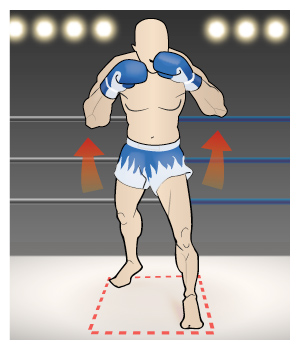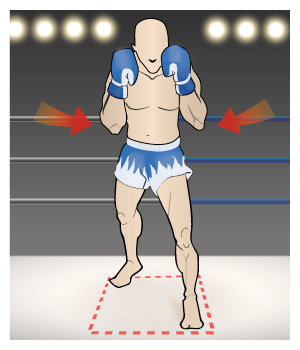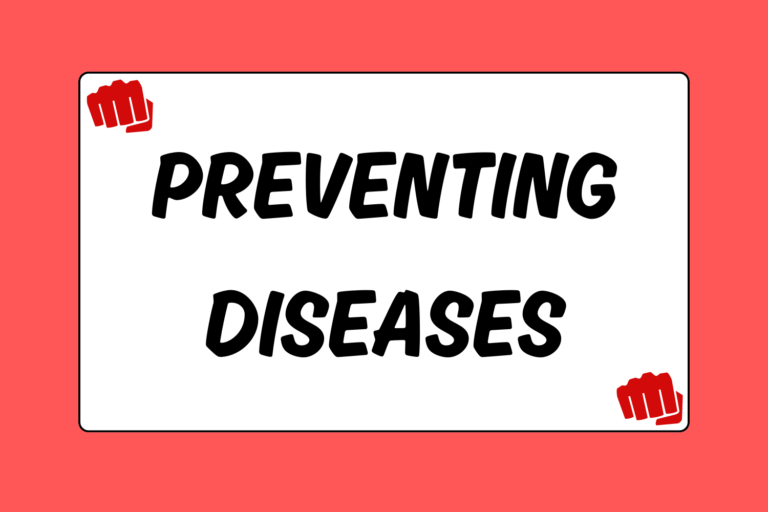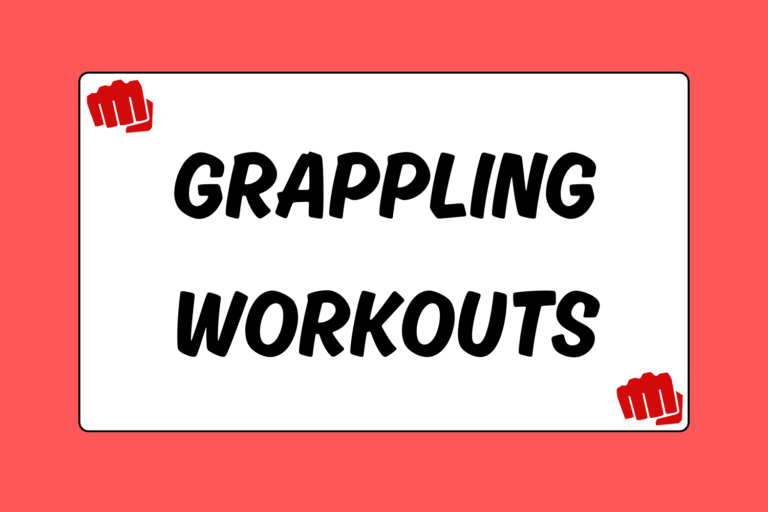One of the first techniques you will learn when you first begin striking is your fighting stance. A fighting stance is the most basic part of learning the sport. For someone who has never participated in a fight sport, however, the stance can be a difficult task to grasp. Once you master a stance, it will become a building block for all other techniques. This guide will go over all the basics of developing a traditional Muaythai stance, including what side to lead with, what to do with your hands, how to position your feet, and how to stay balanced.
Orthodox or Unorthodox
The first part of learning a fight sport is learning what stance to use. An orthodox stance is one where your left leg and left hand are the lead. With this stance, your power punches and kicks will typically come from the right side. If you are unorthodox fighter, your right leg and right hand will be the lead and your power will come from the left.
If you are not sure which stance to take, try both and see which one feels more natural. To do this:
- Stand straight up with both feet a little under shoulder-width apart.
- Take one small step forward with your left foot and bring your fists up in front of your chin.
- Try to throw a light punch with your right hand and see if it feels right.
If you feel uncomfortable, go back to standing in the base position, with both feet a little under shoulder-width apart. From there, take a small step forward with your right foot and bring your fists up in front of your chin. Throw a punch with your left hand. You do not need to know anything about Muaythai to understand the stance to which your body is naturally accustomed. Choose the stance that is most comfortable and work from there.
Neither stance has an advantage over the other. The key is understanding which foot will be the lead. Once you have that down, it’s time to figure out what to do with the rest of your body.
Square Up
Muaythai employs attacks and defenses by leg, knee, fist, and elbow. Because Muaythai utilizes these parts of the body for combat, it is imperative that you have a square stance. A square stance is one where the feet are roughly the same distance apart by length and width, with your hips and shoulders squared toward your opponent. The key is having your body and head in the center of your feet to ensure a good center of balance. Now that you have your feet in the proper position, you must sync your upper body with your lower body.
- While you have your feet ready in your fighting stance, let your arms hang beside your body and face straight ahead.
- Make a fist and bend your arms at the elbows until your fists are at eye-level.
- At this point, your hands should be at an equal distance from your face.
- This might feel a bit awkward and off-balance. To help you feel a bit more comfortable, rotate your shoulders and upper body about 15 degrees. Make sure that you rotate your body so the lead shoulder matches the lead leg.
Hot Tip: Keeping Loose Hands
One of the biggest mistakes that new fighters make is staying too tense. The key to not burning out your muscles and conditioning is to stay relaxed. With that, you should keep your hands loose when you are not punching. By not clinching your fist for the duration of the fight, you will be able to keep your entire body more relaxed, too.
Hands & Elbows

At this point of your training, your stance should be coming together nicely. However, there are still small tweaks that need to be made. Once you have your feet and body squared up in the right position, there are two techniques that can be used for the way you keep your arms.
Some fighters like to have their palms facing out toward their opponent. This helps in catching punches from the opponent, as well as parrying punches. The second style would be having your thumbs facing your body. By using this style, you might get better visibility through the gloves and can turtle up faster. Both techniques are equally effective but the style that makes you the most comfortable is the one that should be used.
After you decide on how you will keep your hands, you must also decide on your elbows. More traditional-style Muaythai fighters will have their elbows out wide, away from their body. Fighters with more of a boxing background will keep their elbows in tight against their body. This will be a preferential style and can always change depending on the type of fighter you are up against.

On Your Toes
Getting into your stance is a task on its own. Being able to move around in the right stance is a completely different task. To move around in your stance you must remain on your toes and control your balance.
By staying on your toes, you will be able react to your opponent better. This means better defending and faster offensive attacks.
- While in your stance, lean forward and lift the heels of your feet slightly off the ground.
- The weight of your body should be transferred to the balls of your feet.
- To counter act the weight of your body wanting to move forward, slightly bend your knees and center your torso in between your feet.
- This will turn your legs into springs that will either compress when taking impact from an opponent, or be ready to explode when wanting to attack.
Do What’s Right for You
A large part of figuring out your preferred stance is simply experimenting with different stances going with what feels right. Once you have a little more experience, you will develop a stance that will be more unique to your style. Until you get to that point, do what feels comfortable. That is the most effective way to begin.





